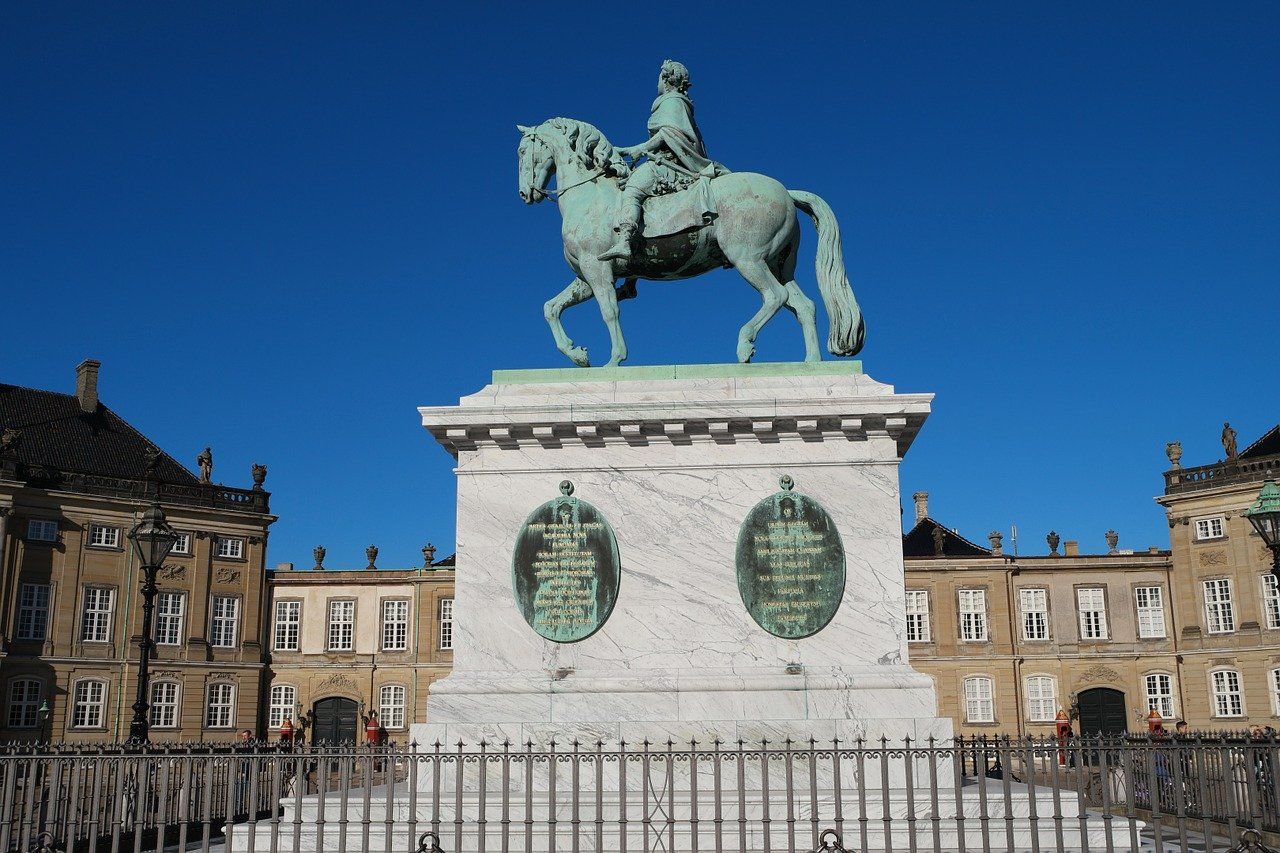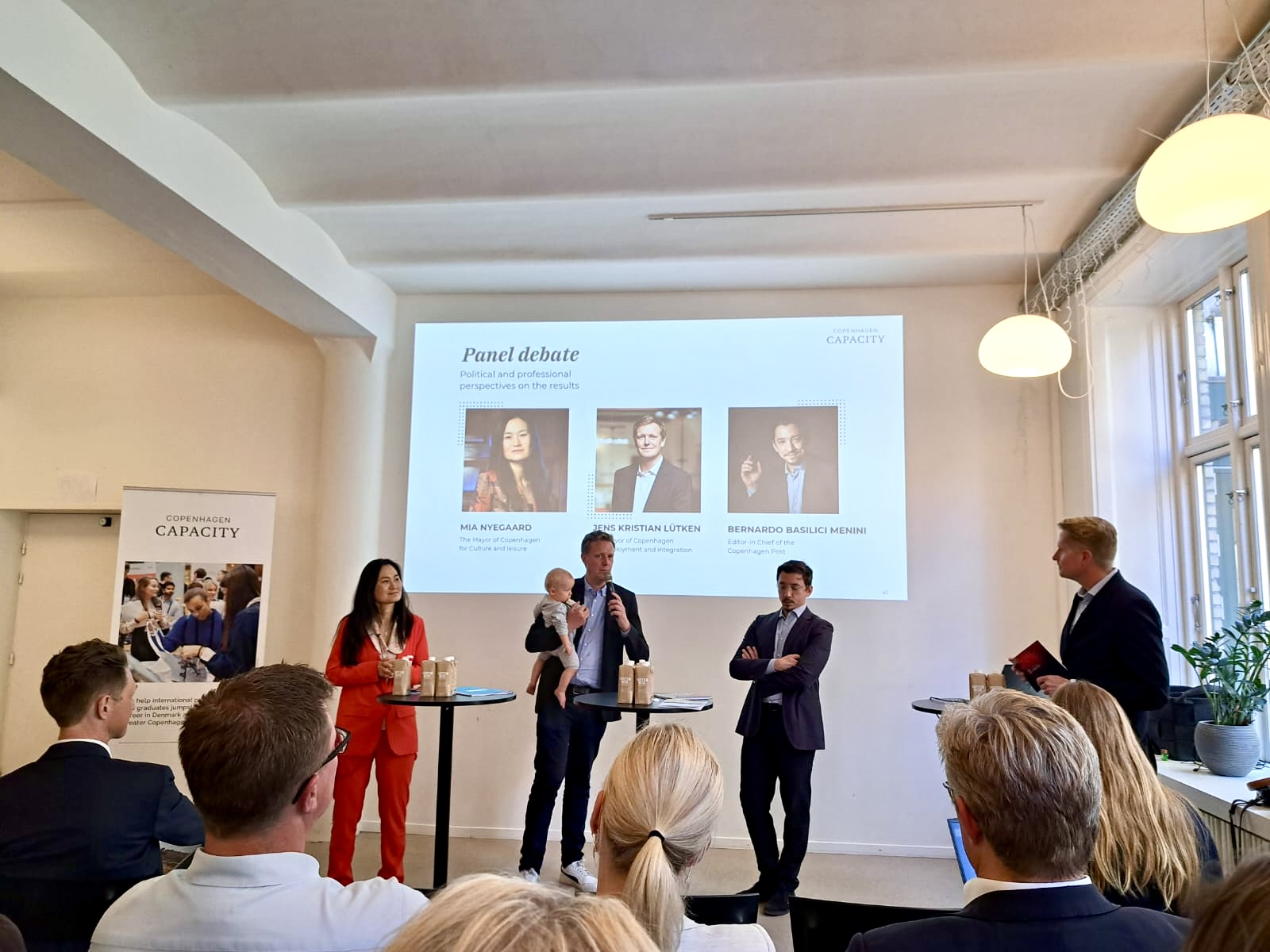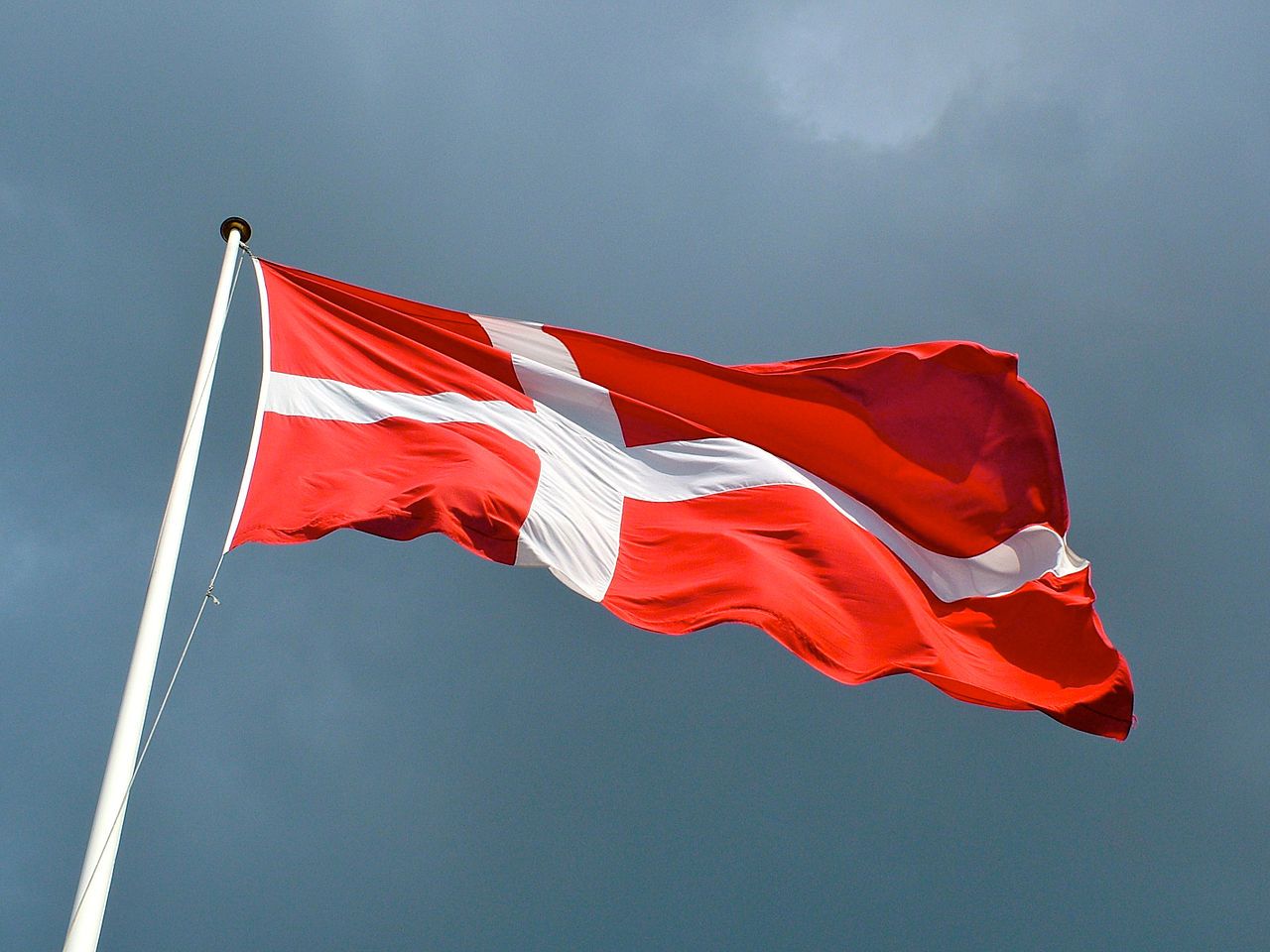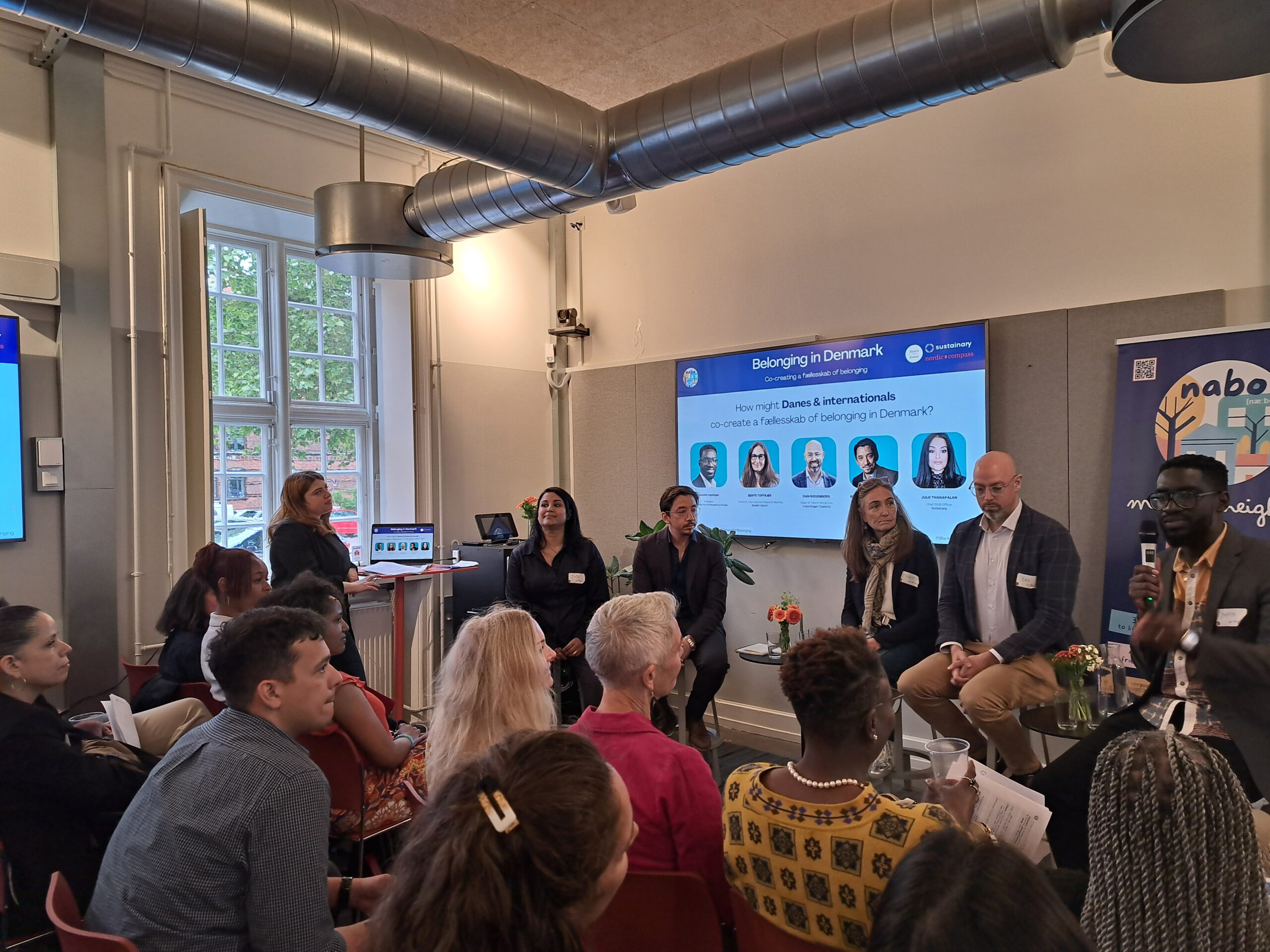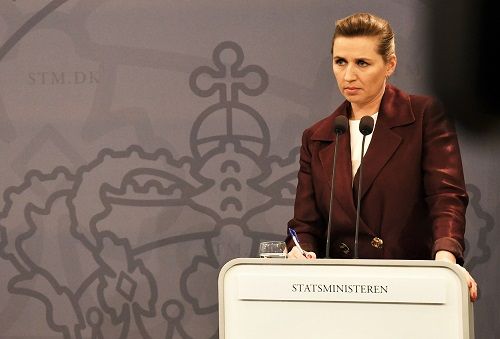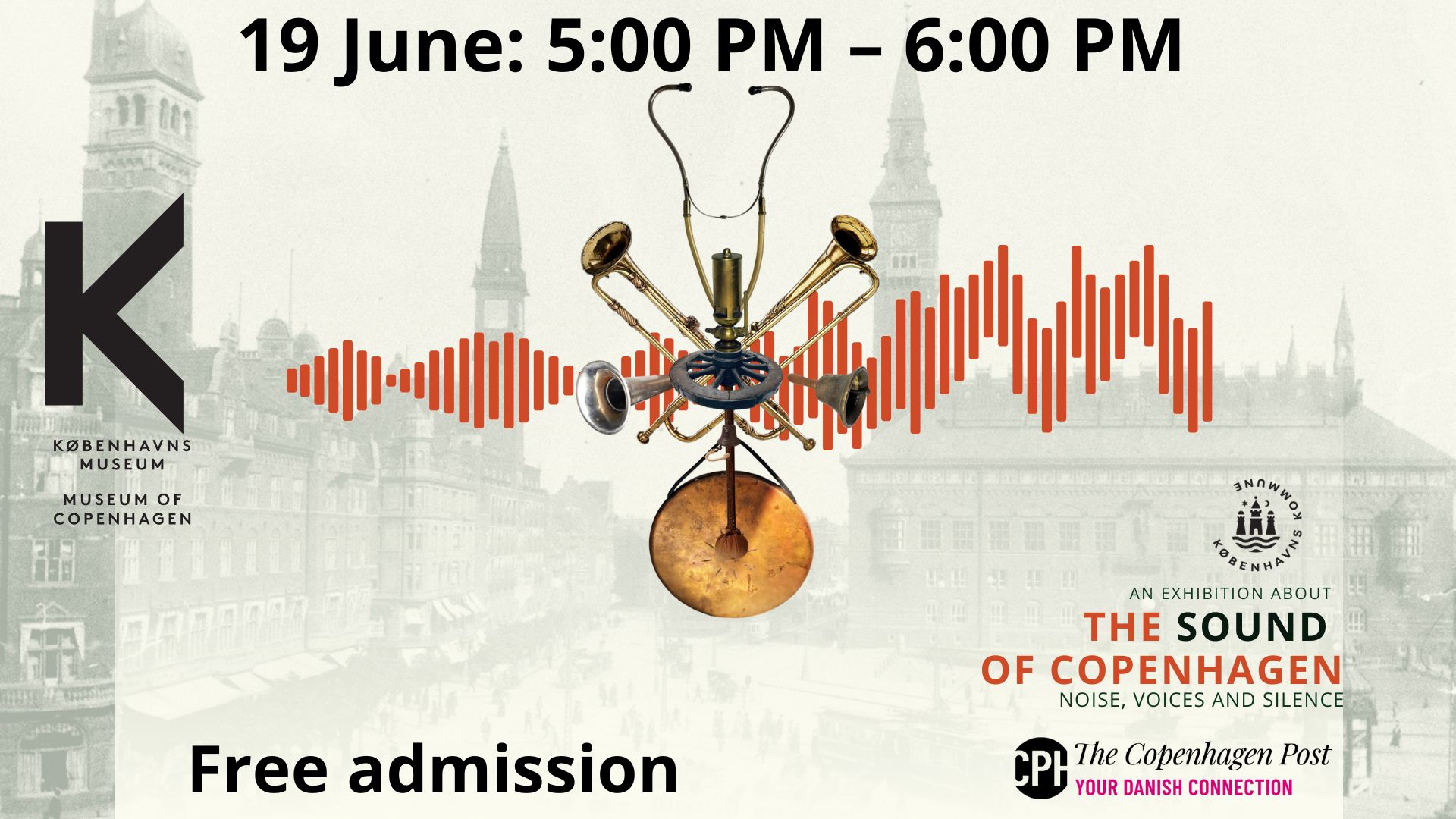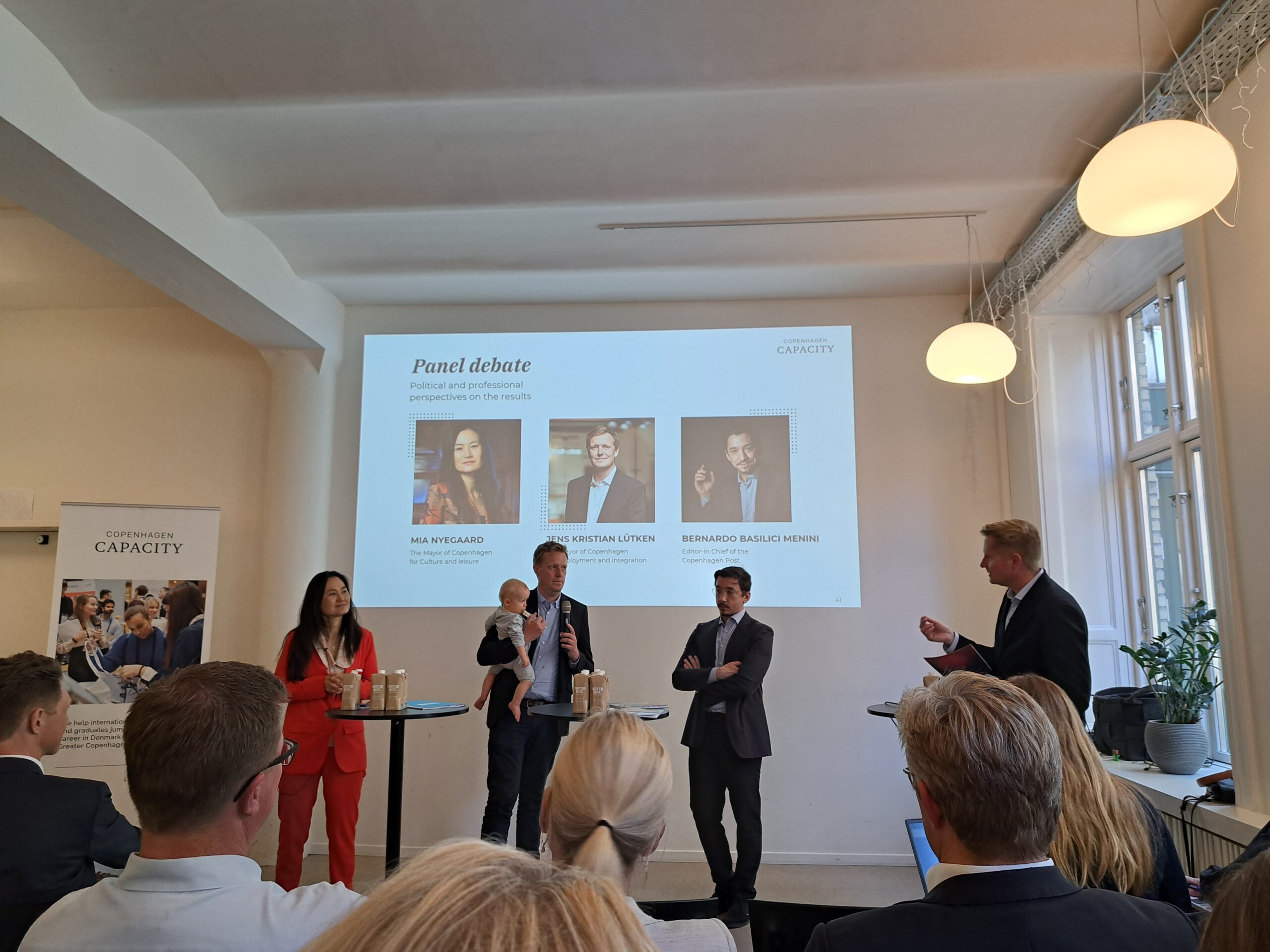Last year a bust of the Danish monarch Frederik V was thrown into Copenhagen Harbour as a protest against Denmark’s former role as a slave-trading nation. But this wasn’t the first time that a statue of Frederik V has caused a stir. During his lifetime, his equestrian statue in Amalienborg Palace Square was marred by controversy as a symbol of excess, extravagance and waste.
Sitting proudly astride his horse, Frederik V is dressed as a Roman emperor, and today it is widely considered to be one of the best equestrian statues in the whole of Europe. But it’s also one of the most scandalous statues of its time, as it took an incredible 22 years to complete, costing five times more than all four of the Amalienborg palaces combined.
Ultimate status symbol
Back in the 1700s when Frederik V ruled over the kingdoms of Denmark and Norway, any absolute monarch worth his weight knew he needed an equestrian statue to demonstrate his power. Frederik wanted a statue to rival those of ‘The Sun King’, Louis XIV of France. And just as importantly, his statue had to be clearly superior to anything his arch-rivals the Swedes could muster.
With Denmark in a period of economic growth due to overseas trade with the colonies, there was money to burn and the perfect occasion: the opening of Frederiksstad, an exclusive new district in Copenhagen, to mark the 300-year anniversary of the reign of the Royal House of Oldenburg. The new statue would be placed right in the heart of the district.
At that time there were no sculptors in Denmark capable of delivering the artistic prowess Frederik V demanded. So he persuaded the celebrated French sculptor Jacques Saly to move to Denmark and work on his statue, and in doing so put Denmark on the artistic map. An enormous sum of 150,000 rigsdaler was agreed upon, and in 1752 Saly moved to Copenhagen with his entourage of family members, assistants and household servants.
Saly wasted no time in getting to work on his new commission. He would sit on a stool in Kongens Nytorv for hours at a time studying and sketching the many horses that went by until he had captured the perfection of the horse’s motion and movement. He was the very definition of meticulous, and it took an entire year before he had his first sketch ready to present to the king.
Quest for equine perfection
When the sketch received the royal nod of approval, Saly went to the royal stables and started examining the horses even more closely. He was only interested in the best parts of each horse and painstakingly modelled and combined these features into the perfect equine model. It literally took years.
As time passed and the budget increased, the citizens of Copenhagen started to question the value of Saly’s snail-paced artistic process and whether the new statue would ever be worth its enormous fee. Or indeed whether the statue would ever be realised.
By 1758, a small model had been created. Finally, work could start on a larger model, fully 12 years after Saly’s arrival, and the search begun for a craftsman who could cast the statue in bronze. Pierre Gors, a fellow Frenchman, was considered to have the expertise required to create a bronze statue of this magnitude and he was brought to Denmark along with his wife and a team of apprentices. The budget increased once again.
Not only was Gors as slow and painstaking as Saly, but he also had the habit of ordering materials at the expense of the Danish state, selling them on to others and pocketing the proceeds.
Two fighting Frenchmen
Even though Saly was not known for his modest fee or efficient work, he saw red when he found out what Gors was up to. He confronted his countryman and asked for an explanation. Gors was so offended at the insinuations that he turned on Saly and started beating him with a rope in broad daylight in Kongens Nytorv! The sight of two celebrated artists laying into one another in the street resulted in the city’s gossip-mongers having even more to talk and write about the scandalous statue project.
Yet the two men managed to put their differences aside in the name of art and both were present years later as 22 tonnes of bronze were cast and turned into Copenhagen’s finest statue. The casting took place in the foundry in Kongens Nytorv where the Royal Theatre’s Gamle Scene stands today. While the model had taken four years to create, the casting took just minutes. The biggest challenge was getting the statue out of the foundry. This involved taking the wall off the building to create the necessary space to manoeuvre.
With the wall removed, the statue could start its short journey to Amalienborg Palace Square. Canons fired a 27-gun salute and people looked on in awe as the giant statue left the foundry in Kongens Nytorv on a purpose-made sleigh pulled through the streets by 60 seamen.
Just missing the king
But the story of the statue doesn’t end here. It took a further two years for the pedestal and railings to be ready before the statue could be lifted into place. Finally in 1774, the citizens of Copenhagen and the Danish nobility could gather in Frederiksstad to celebrate their magnificent equestrian statue – with one noticeable absence: Frederik V who had died five years earlier and never got to see his project completed.
In total, creating the statue took 22 years and cost 500,000 rigsdaler. That’s a budget overrun of 350,000 rigsdaler. In today’s money the complete cost of the statue was 15 billion Danish kroner – a whopping six times the cost of the Danish Opera House. But on a brighter note, the equestrian statue was finished and being admired in the beautiful new Amalienborg Square long before the Swedes were anywhere near completing their own statue to try and match it. The truth is that they never did.

